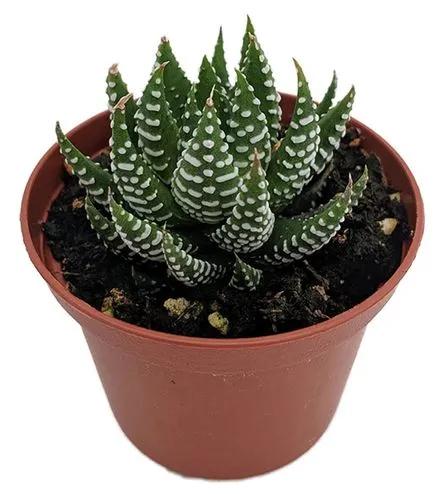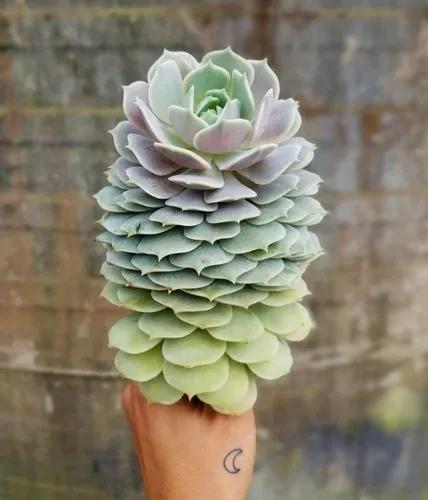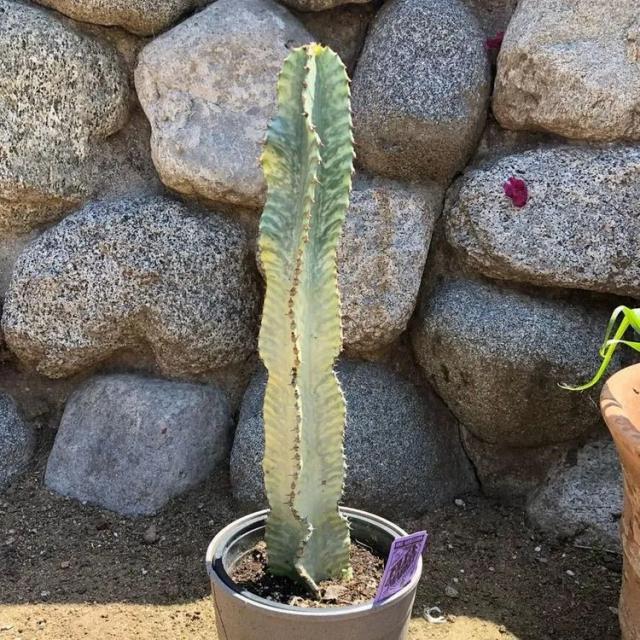Senecio crassissimus, also known as lavender steps, vertical leaf, and propeller plant, is a succulent species of the genus Senecio endemic to Madagascar. Resembling propellers of a plane, its fleshy and flat blue-green leaves have purple borders.
Senecio crassissimus Care
Senecio crassissimus



Senecio crassissimus, colloquially known as Vertical leaf senecio or Propeller plant is an evergreen leaf-succulent subshrub 45-80 cm tall by 40 cm wide with vertical ranks of silver-grey laterally positioned purple rimmed flattened fleshy leaves. Thick erect, stems produce bright yellow daisy like flowers at the tips in mid-summer to autumn. The large leaves looking as if turned on the edge are the most distinctive feature. This species thrives in rocky, sun-sweltering environment. It has adapted to its harsh environment by changing the direction of its succulent leaf surfaces so that there is no flat surface directly facing the sun. When the sun is in its most intense position, directly overhead, the plant has just a leaf edge facing the sun. This prevents moisture from evaporating.
How to Care for the Plant

Water

It needs moderate water during from spring to autumn, keep rather dry in winter or the plants may rot at the base. The plant will tolerate being dried out much more than other types of succulents. The converse is also true, the plant will suffer greatly from overwatering.

Fertilizer

Fertilizer is seldom a necessity for these plants as the soil is rocky and desolate in their natural habitat. Plants grown inside can be fed with fertilizers high in potassium and low in nitrogen every couple of months.

Sunlight

They seem to do well in full sun to part shade such as at the base of open trees. But these cacti will thrive better in hot sunny positions and will tolerate coastal conditions but prefer light shade in the summer.

Soil

The plant requires a free-draining soil used for cacti and other succulents, mildly acidic to mildly alkaline but is very tolerant of poor soils.

Temperature

It is cultivated in the open air in the tropical and warm Mediterranean climate, with temperatures over 5°C, best 10-12°C, but can withstand light frost for short periods if very dry (hardy down to 0ºC, even if with damage to the foliage). Inside, average room temperatures from 65°F/18.3°C to 75°F/23.8°C.

Container

The cactus can be grown in pots. Choose any type of container with enough drainage holes.

Popularity

158 people already have this plant 36 people have added this plant to their wishlists
Discover more plants with the list below
Popular articles






